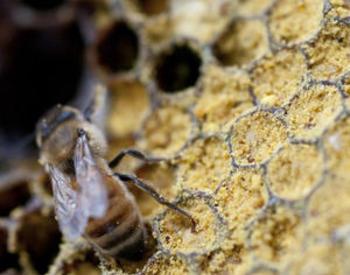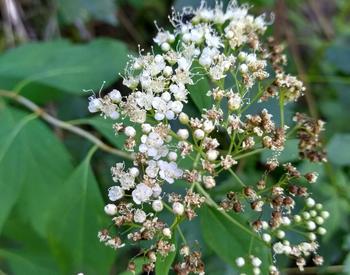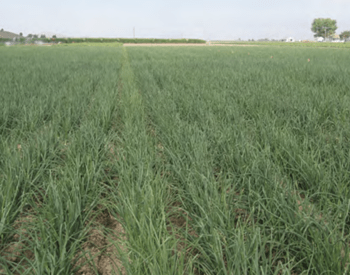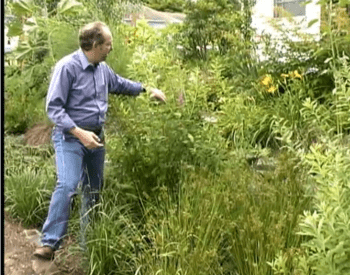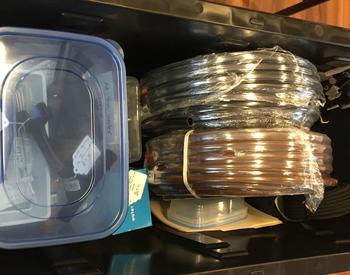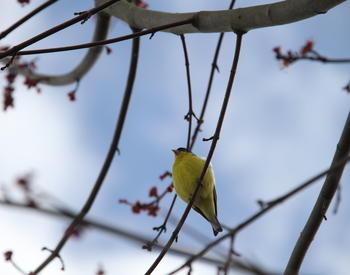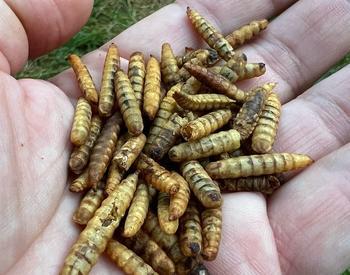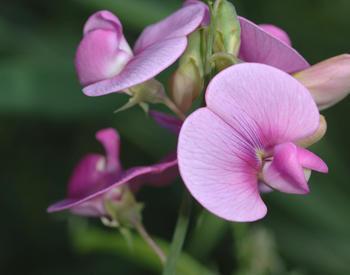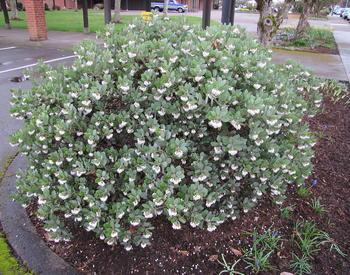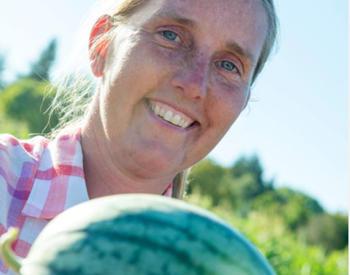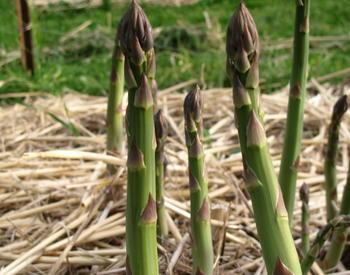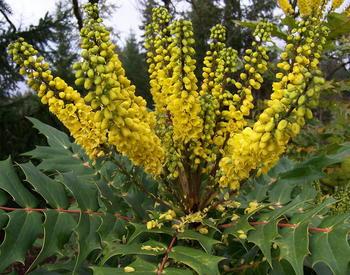PORTLAND, Ore. – A roomful of people at the largest nursery industry trade show west of Texas listened as an Oregon State University Extension Service entomologist discussed the top 10 native plants to Oregon that are most popular for pollinators.
The session at the 49th Farwest Show featured Gail Langellotto, entomologist and professor in the OSU College of Agricultural Sciences, who presented the results of a three-year research project that showed native plants appear to be most attractive to native pollinators, bees in particular.
In addition to Langellotto, four Extension faculty and one research assistant gave presentations at the Farwest Show, which annually draws an estimated 5,000 attendees to the Oregon Convention Center and nursery tours. Oregon’s greenhouse and nursery industry was the state’s most-valued agricultural commodity in 2020 with a value of nearly $1.2 billion, according to the Oregon Department of Agriculture.
In her talk, Langellotto, who is the statewide coordinator of the OSU Extension Master Gardener program, said the study focused on which plants got the most pollinator visits and most diverse number of pollinators.
Though native plants are enjoying an increase in popularity, many gardeners don’t use them for aesthetic reasons. But once they learn about the benefits to native bees and other pollinators, many eventually begin to shift to a more natural landscape, said Langellotto, who heads up the OSU Garden Ecology Lab. The lab, in OSU’s Department of Horticulture, studies gardening, covering everything from soils to plants to insects to the people who put plants in the ground.
Aaron Anderson, former Ph.D. student in Langellotto’s lab, conducted the study of 23 native plants. He narrowed those down to 10 that had four things in common:
- Drought tolerant.
- Bee friendly.
- Thrive in full sun.
- Available in nurseries.
Four non-natives – lavender, catnip, oregano and pineapple sage – were included as benchmarks. Though some of the non-native comparison plants were highly attractive to pollinators, the majority of those pollinators were nonnative honeybees.
“The clear winner for native bees was Douglas aster,” Langellotto said. “It had the highest bee diversity and abundance. I fell in love with it.”
Gardeners like it, too, just not as much as native bees do. A sample of OSU Extension Master Gardeners were asked to rate their preferences for the plants in Anderson’s study. Douglas aster (Symphotrichum subspicatum), a tough, long-blooming perennial with blue, daisy-like flowers, ranked No. 1 with bees and No. 8 with gardeners.
Following Douglas aster in the top five native plants preferred by bees were globe gilia (Gilia capitata), California poppy (Eschschoizia californica), varileaf phacelia (Phacelia heterophylla) and farewell-to-spring (Clarkia amoena). The remaining native plants in the study, photos and more information can be found in the new OSU Extension publication, "Native Plant Picks for Bees."
Availability is an issue
Availability of native plants is an issue, Langellotto said. She suggested to the audience of nursery professionals that they can help close the gap and perhaps see an increase in profit if they grow native plants. Anderson had to visit eight nurseries to get the 23 plants for his research. As the public begins to see the connection between native plants and native bees, of which Oregon has 500 and counting, more and more gardeners decide to grow natives. The growing demand should encourage more growers to add native plants to their inventory.
Other Extension speakers at the show were:
- Luisa Santamaria, Extension nursery specialist and plant pathologist, who gave a Spanish-language session for pesticide certification.
- Jay Pscheidt, Extension plant pathologist, who spoke on spraying techniques for hard-to-spray crops like boxwood.
- Lloyd Nackley, associate professor of nursery production and greenhouse management, who talked about climate change and how extreme weather affects crop production.
- Brian Hill, faculty research assistant in Nackley’s Lab, who discussed the best spraying techniques.
During his presentation, Nackley said that increasingly catastrophic weather events like drought, hurricanes, flooding and late-season hail costs agricultural growers, including the nursery industry, billions of dollars.
“Nurseries have a front-row seat to climate change,” Nackley said. “Historical weather continues in 2022. We have to maintain plants with the fewest inputs. We have to select the right plants to deal with climate change.”
Nackley and others in his lab help determine the best plants for dealing with climate change and procedures for using nutrients and irrigation techniques for best performance.
